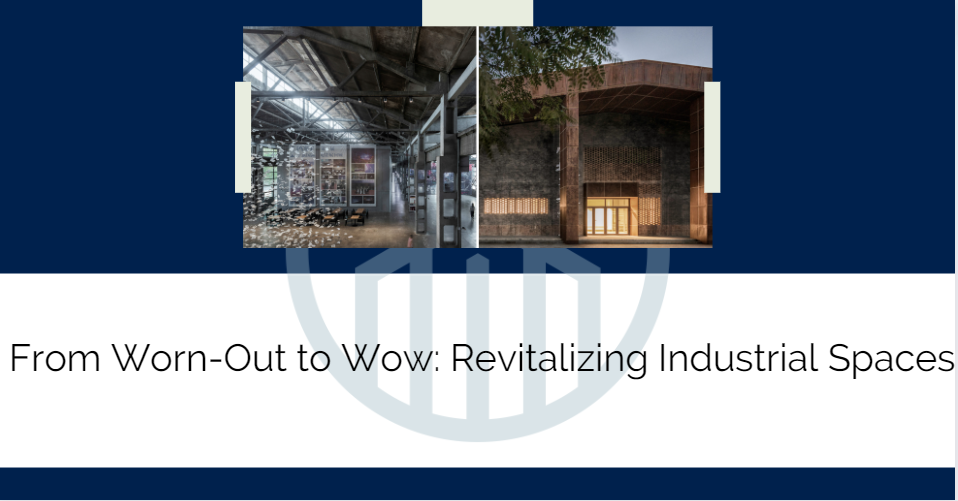Once left for dead, many dormant industrial properties are now thriving urban meccas. Through creative reimagining, these sites have been reborn as vibrant community spaces and engines of innovation. Take a look at what can happen when vision meets opportunity.
The High Line in New York City turned an abandoned elevated railway into a world-famous linear park. This innovative adaptive reuse catalyzed massive growth and investment in the surrounding Chelsea neighborhood.
In Los Angeles, the former Pabst Blue Ribbon Brewery is now the lively Brewery Arts Complex. By attracting artists, galleries, and creative businesses, this historic industrial site catalyzed cultural renewal.
San Antonio’s shuttered Pearl Brewery was repositioned into a mixed-use district with dining, shopping, residences, and attractions. The Pearl has become a crown jewel, spurring downtown revitalization.
Philadelphia Navy Yard went from naval shipyard to sustainable business campus. This massive property now houses tech firms, research centers, and green spaces, creating jobs and opportunity.
Brooklyn Navy Yard transformed its naval legacy into a manufacturing and creative hub. Adaptive reuse maintained its heritage while driving employment and innovation.
The potential is stunning when industrial sites get a fresh coat of vision. As these cases show, reinventing old structures as cutting-edge spaces can profoundly uplift communities. Beyond economic benefits, they enrich culture, bring people together, and catalyze urban regeneration. With the right blueprint, worn-out can become wow.


